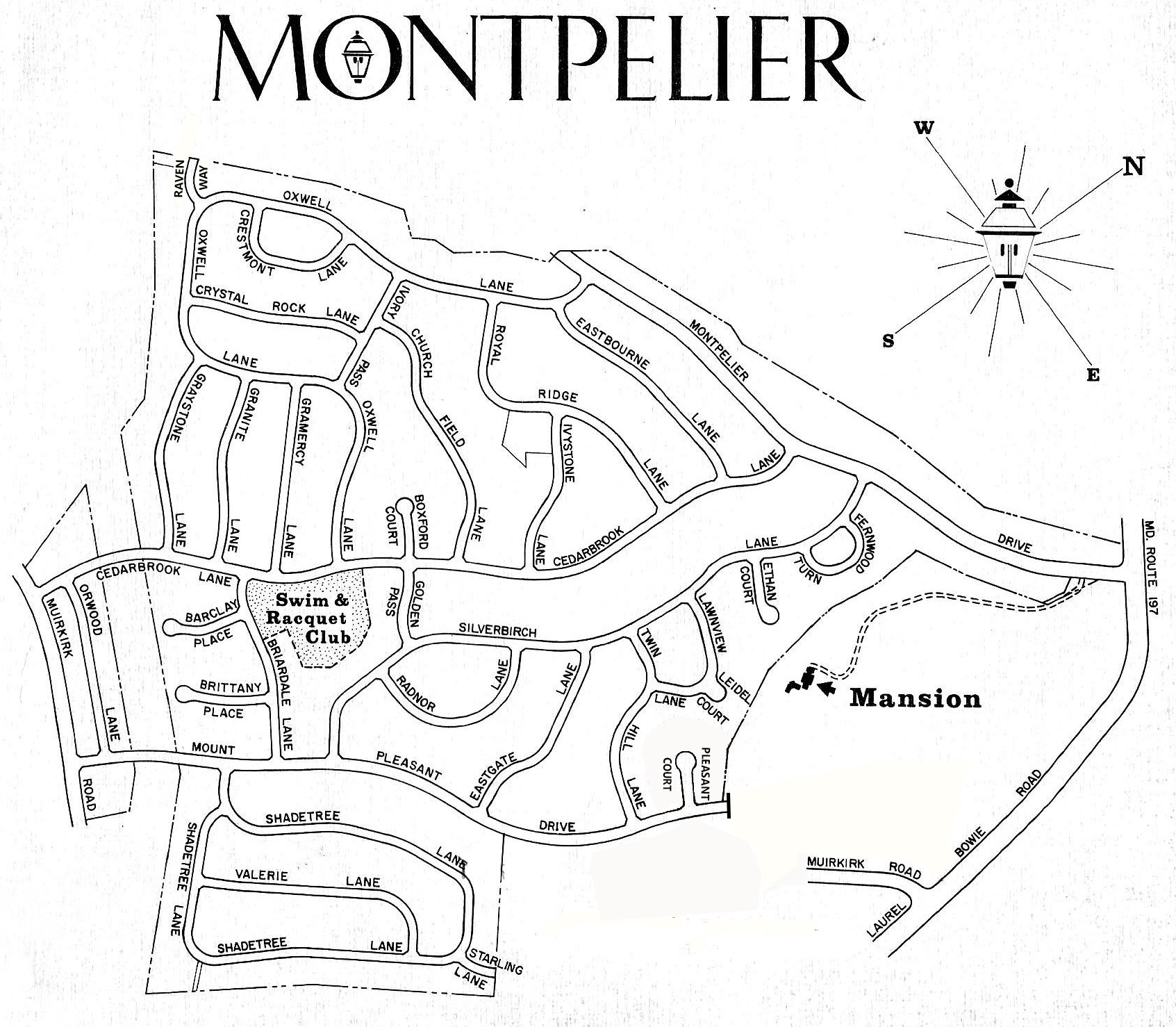A Gardening Column by Gloria Hynes.
Hi Neighbor!
Fall is here in all its glory! The leaves are turning shades of gold, bronze and rust and pots of mums are planted intermittently throughout the garden. Crisp temperatures infuse us with great energy to ‘CLEAN THE GARDEN.’ So what does that mean? Cut back leaves of plants that die off in the fall. Rake leaves off the lawn and trim back and reshape plants that have become too large and invasive for the space. This will save weeks of time in the Spring. Leaves that are left on the lawn can create a moist environment that kills the grass and causes mold and moss on the lawn.
The Fourth Season: WINTER
Sometimes the best view of the winter garden is through the window toward the back yard bird feeder. Watching birds take advantage of the food and water you put out is a great way to spend the winter months. The red cardinals are territorial and loyal both to each other and to you. The bright red male cardinals will sit in the trees and survey their territory. The females are attracted to suet to build up extra fat and be ready to increase the family size in Spring. Instead of mixed seed, offer black oil sunflower seeds. They are packed with the fat and protein birds need to stay warm. To discourage the squirrels from eating all of your seed, put baffles (metal or plastic collars) on the posts and place feeders at least 10 feet from structures or branches of tall trees.
Often harder to find than food, water, especially moving water, attracts birds of all kinds. I have just seen a pump attached to a bamboo tube that can be anchored to a barrel or pail for under $40.00 that can be attractive and do the job well.
Leave the seed heads of Echinacea (purple cone flower)for the yellow finches to feast on. You can also break up these seed heads, plant in three inches of good soil and start new plants.
Tips on designing new garden plots
Observe your garden. Note the shade/sun areas. Don’t fight nature. Pick the plants which are appropriate for the area. The homes in Montpelier are terraced, sometimes resulting in water from one neighbor’s property draining down into your garden. This can work to your advantage if you pick plants that are happy in damp ground. Several come to mind: Hibiscus, with flowers as big as dinner plates in white, pink and red; Lobelia, with delicate red petals and will self seed; Lillies that bloom for several weeks in mid-summer; Cinnamon Fern; and Chelone with it’s swirls of satin pink buds. Trumpet vine attracts hummingbirds and Wisteria can give you the look of the old south. Both can become gargantuan so keep their size in check. The more closely you base your decisions on meeting the needs of your plants (light requirements, hardiness, soil and moisture levels) and which plants look good together, the more successful your garden will be.
Pests in the garden
Voles, also known as field mice eat the roots of many plants. If you are having that problem, cut the tunnels or tracks in the lawn with a knife and throw in smashed garlic. Voles don’t like the smell. If you can find THE MOLE PLANT, buy two or three and plant in the affected area and voles will pack up and leave.
Chipmunks. These critters steal the bird seed and store it in various places, such as flexible pipe, down spouts, and garages. I spread moth balls around the garage, shed and into plastic pipe.
Thanks for all your comments. Questions? E mail
gloriahynes@verizon.net or check the Home and Garden Information Center website: www.hgic.umd.edu web site for other timely tips.
Gloria Hynes,
Master Gardener Prince Georges County






Please leave a comment:
You must be logged in to post a comment.